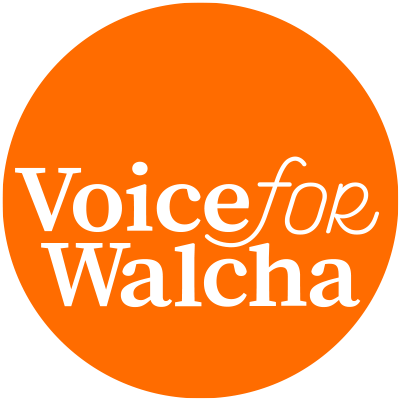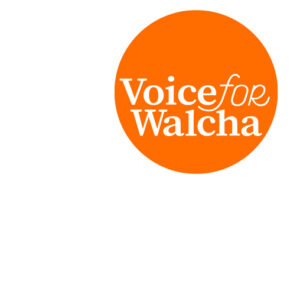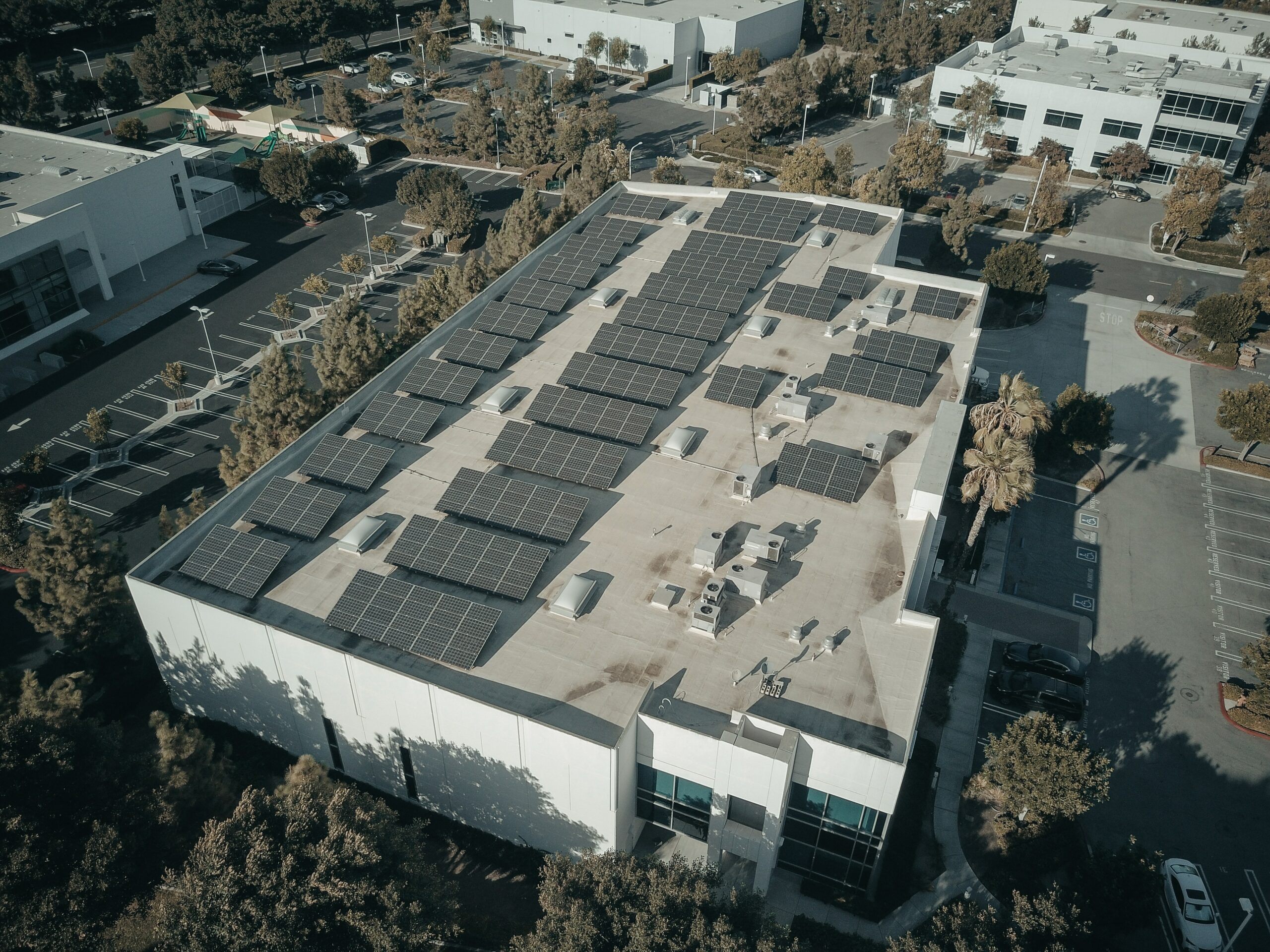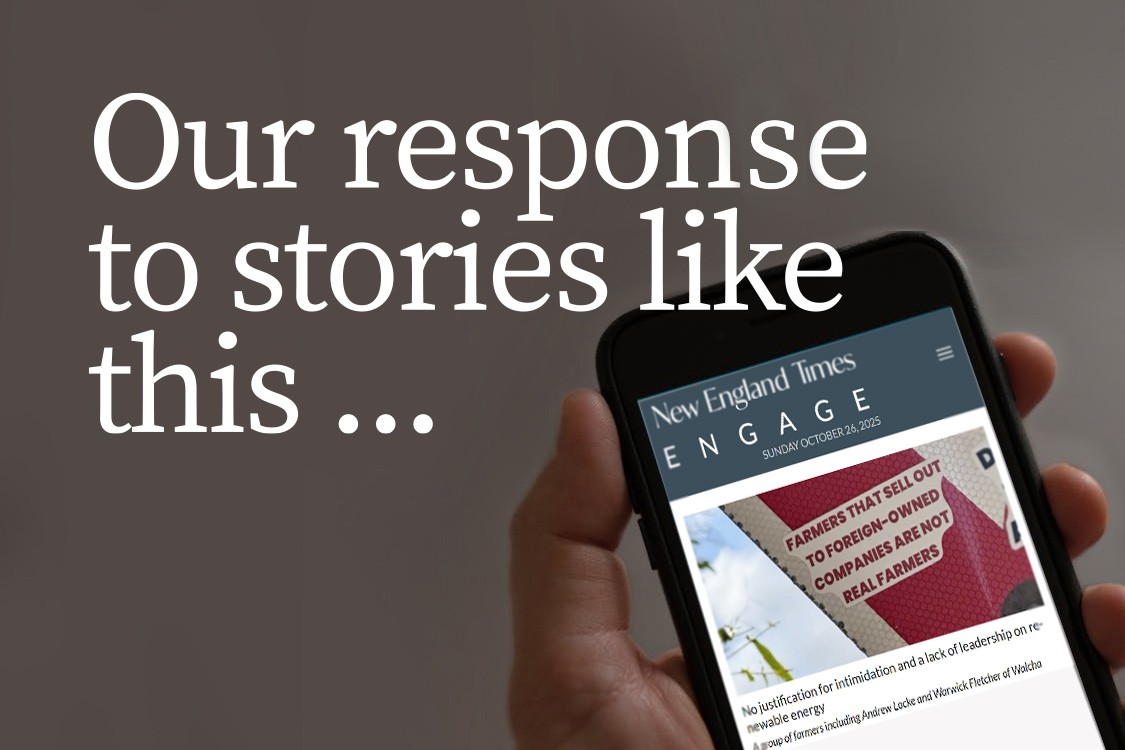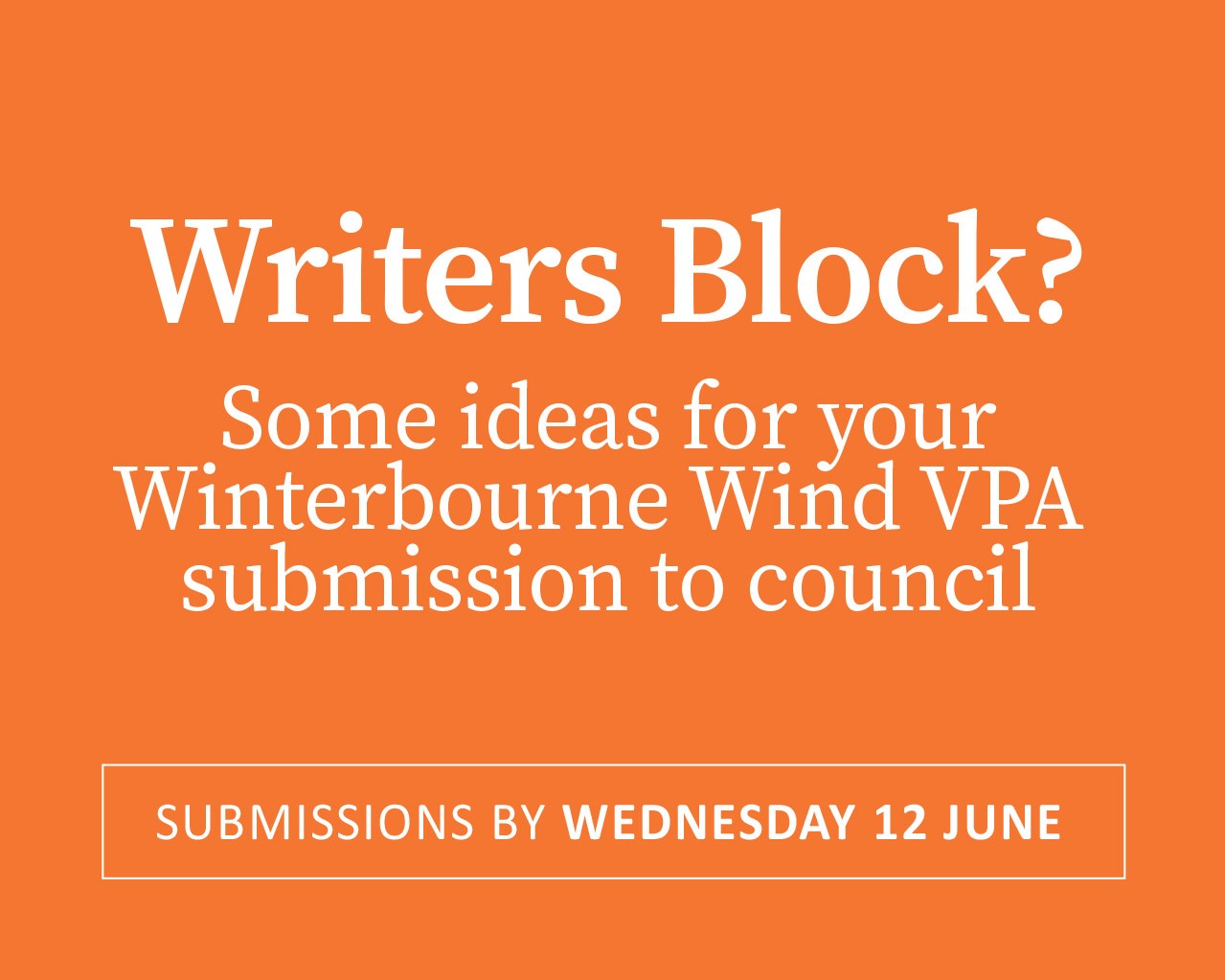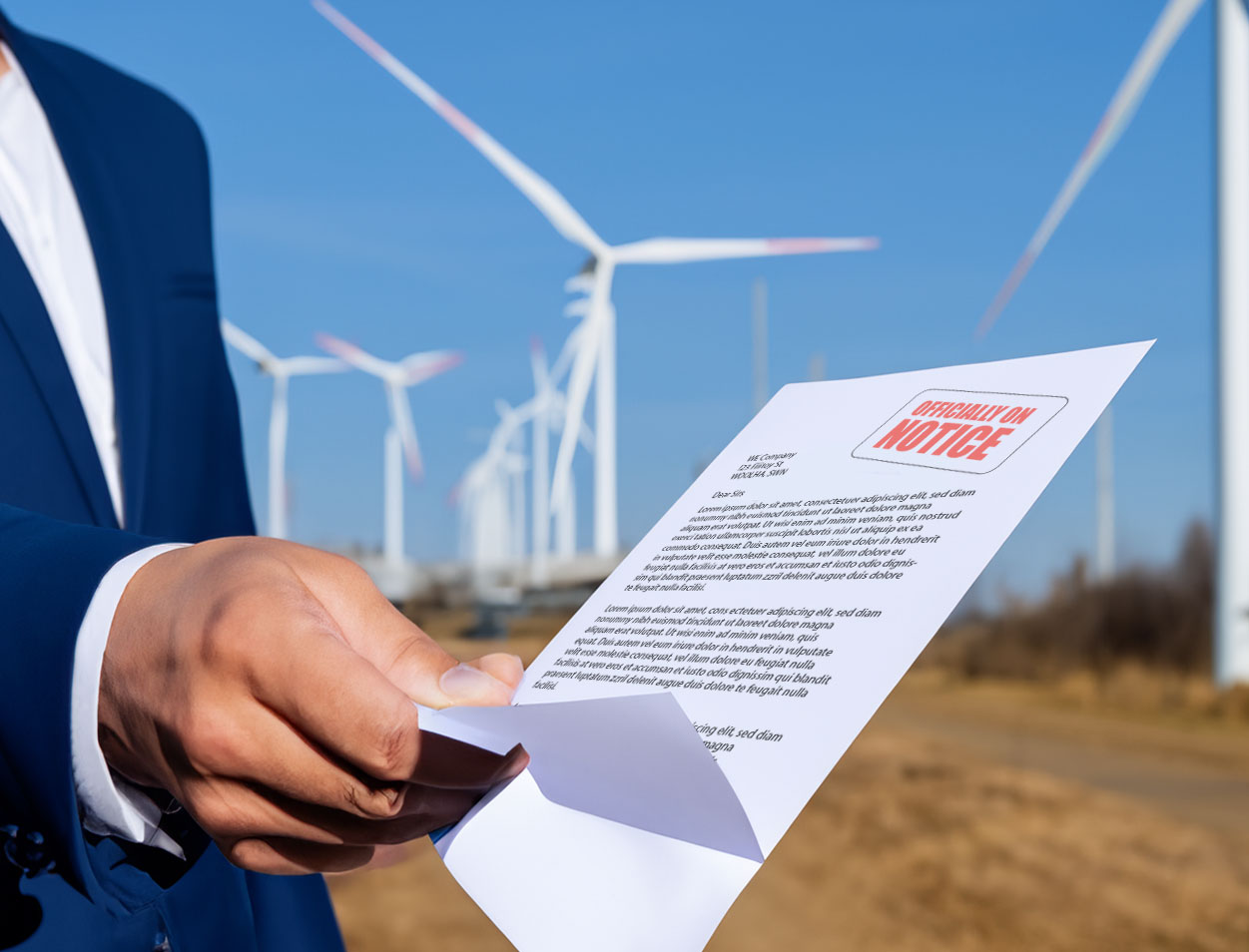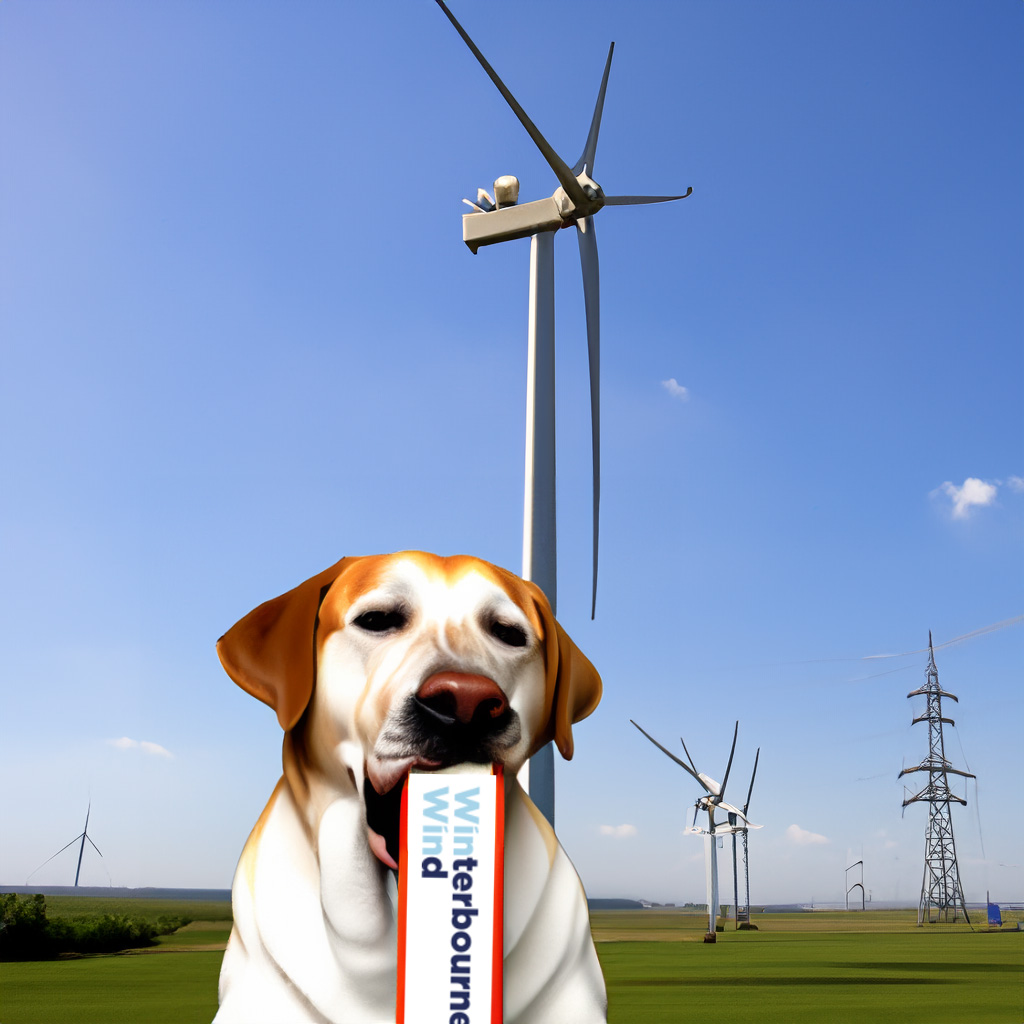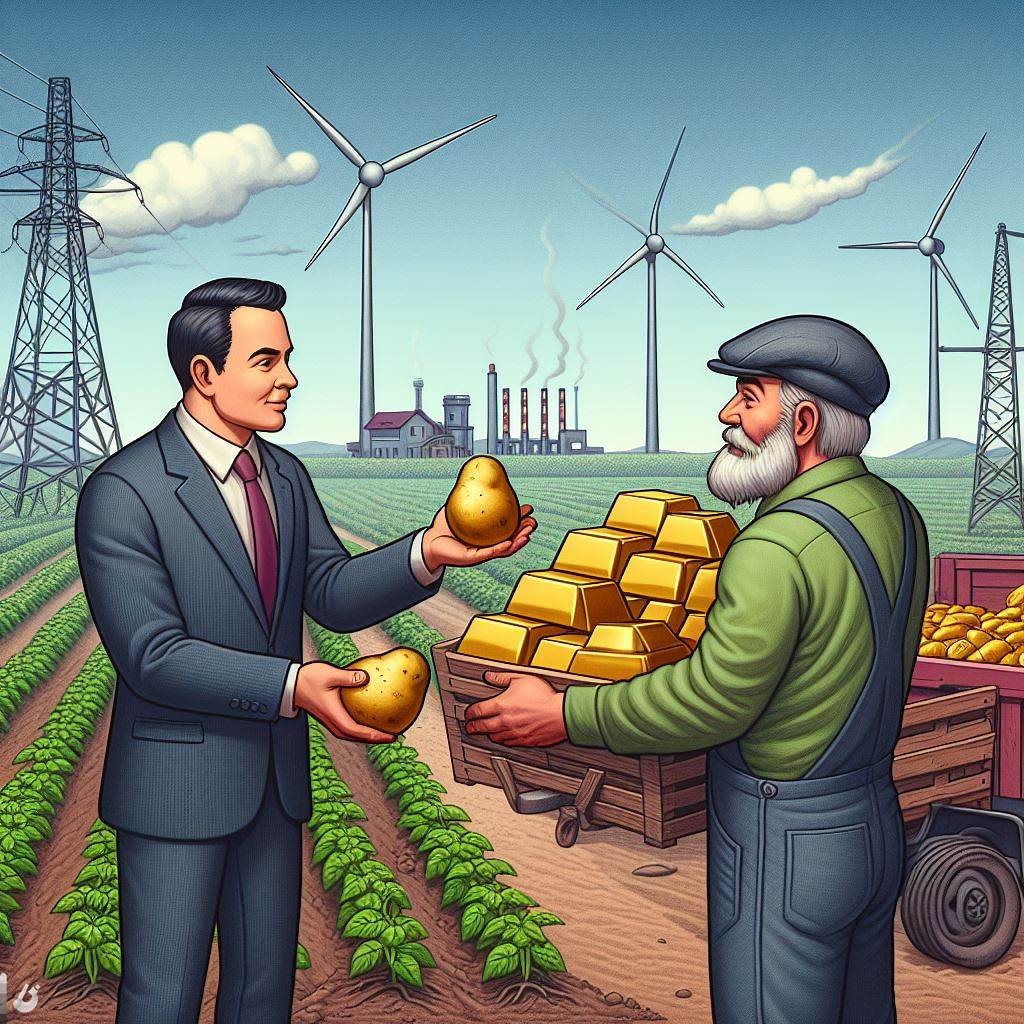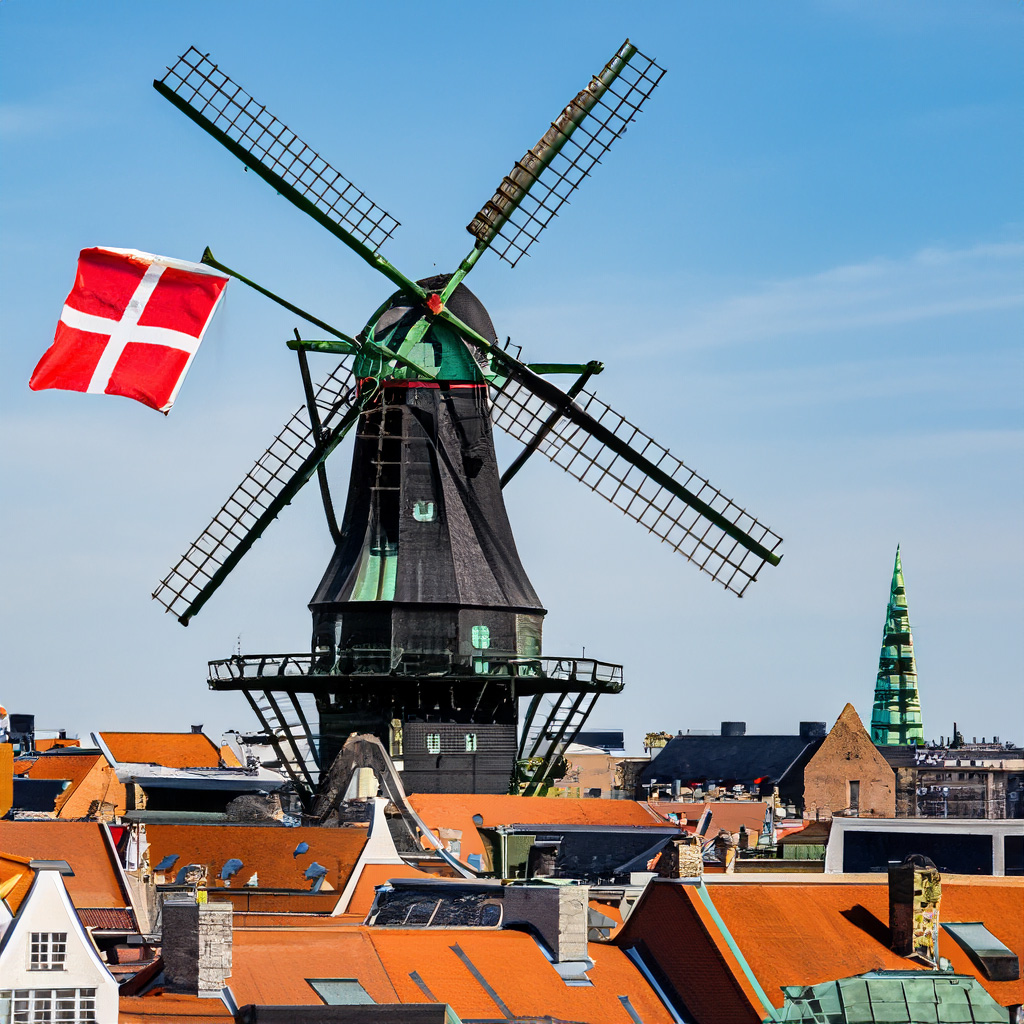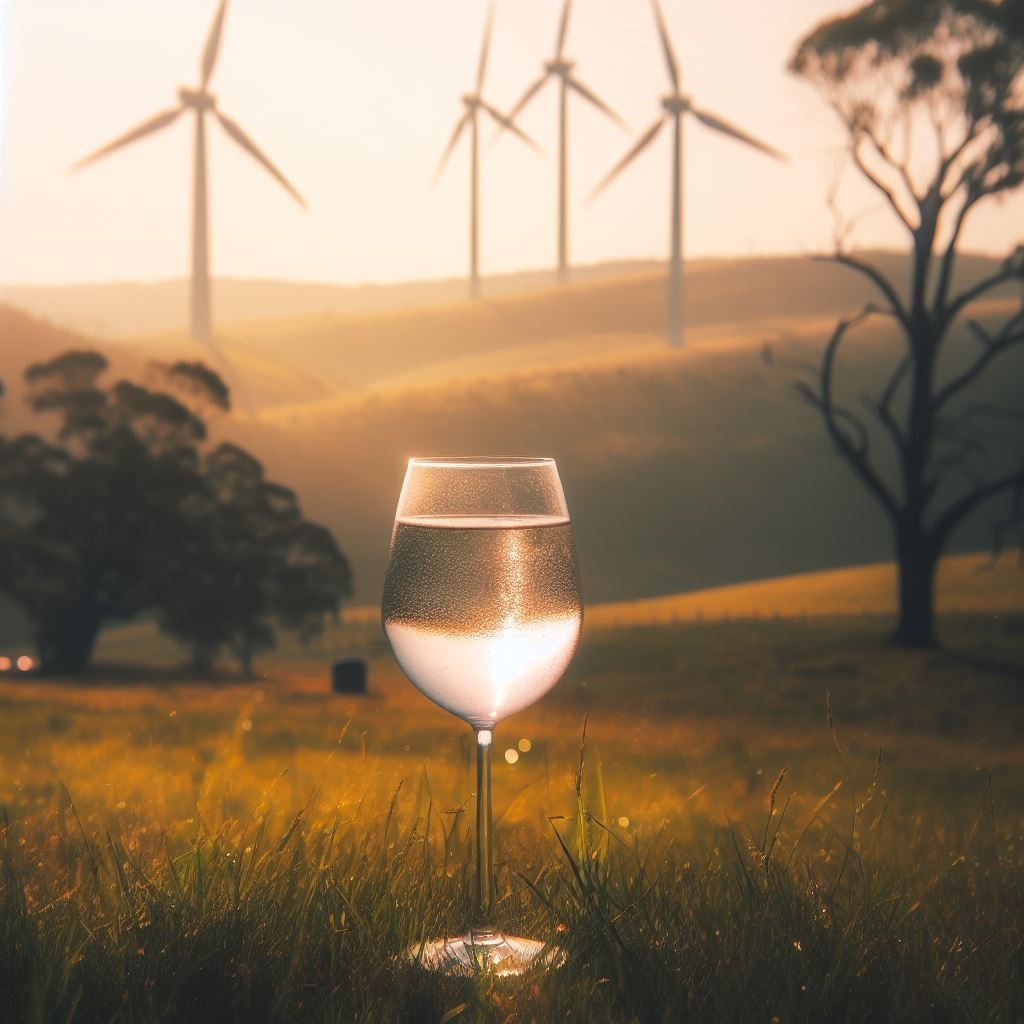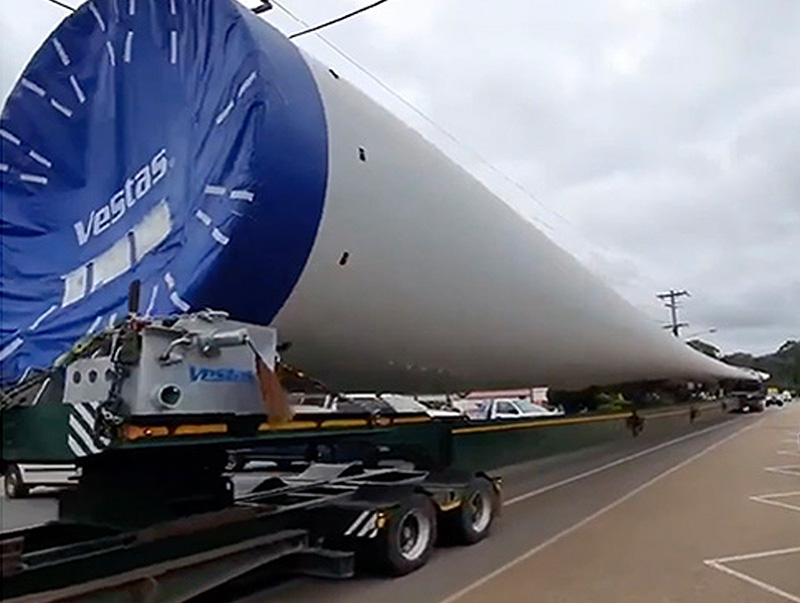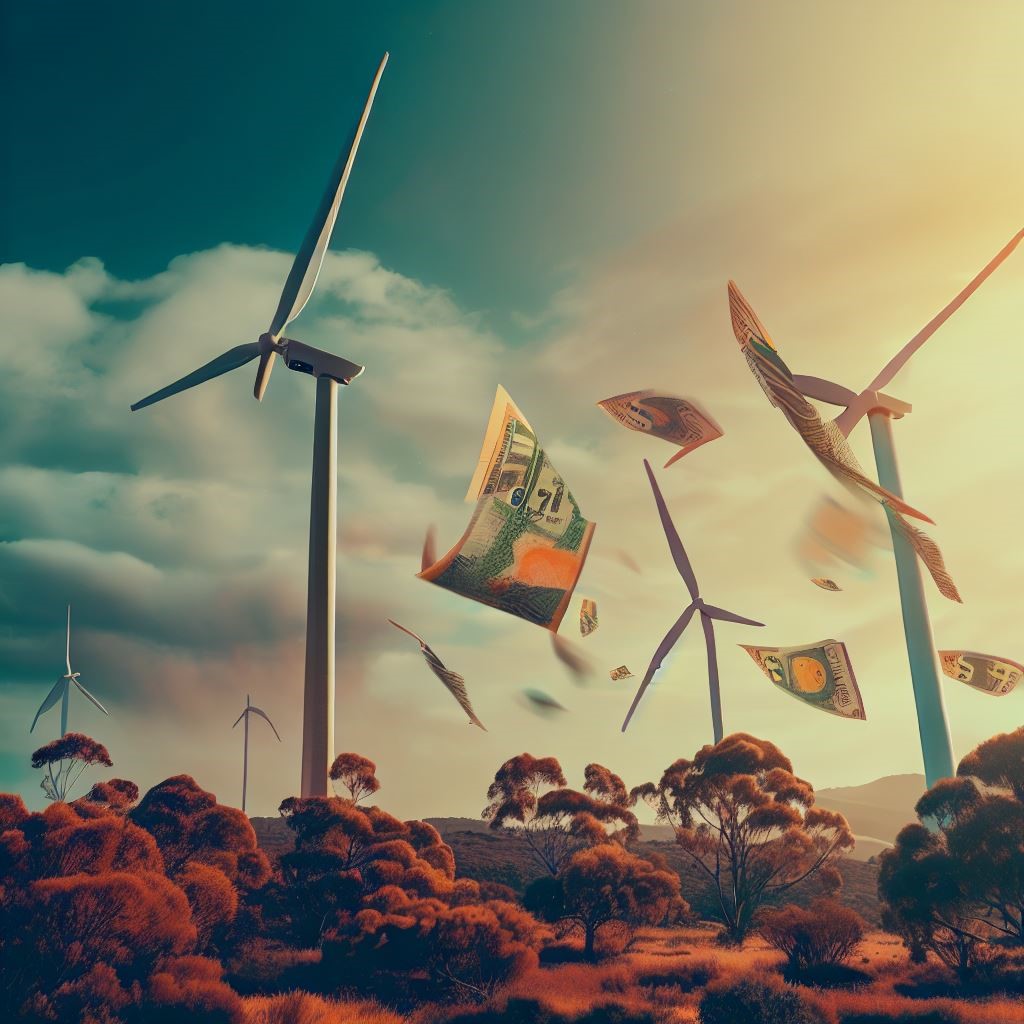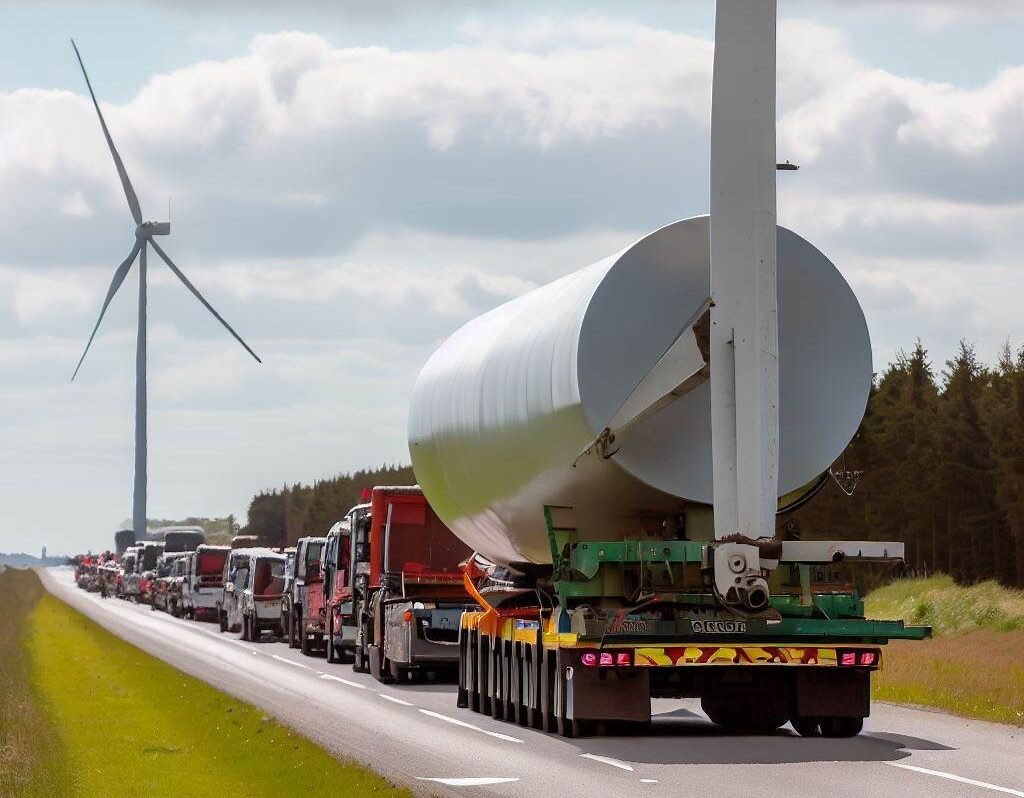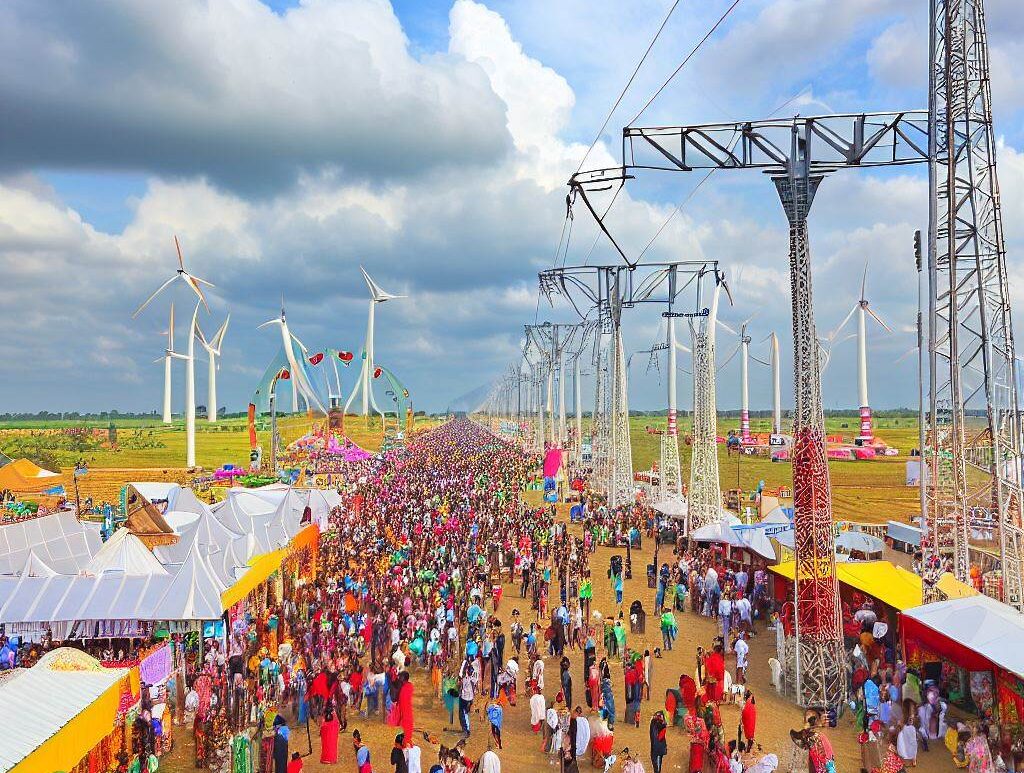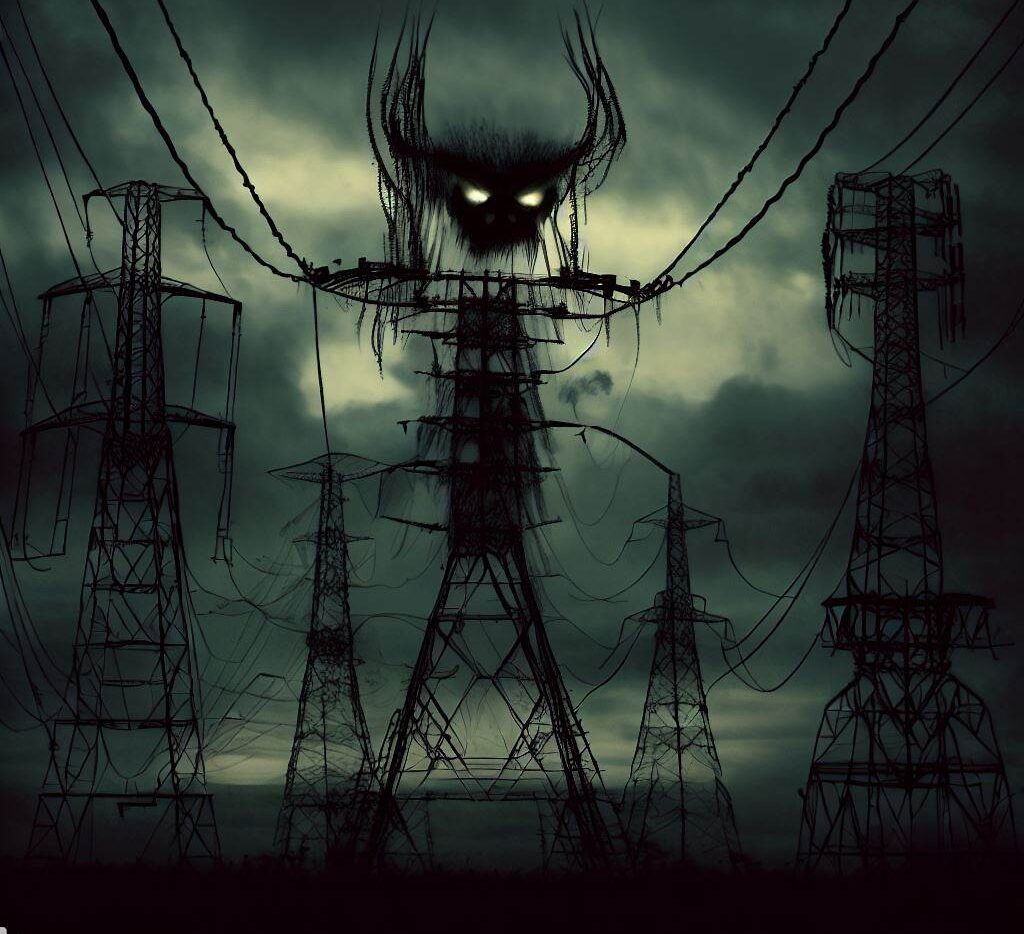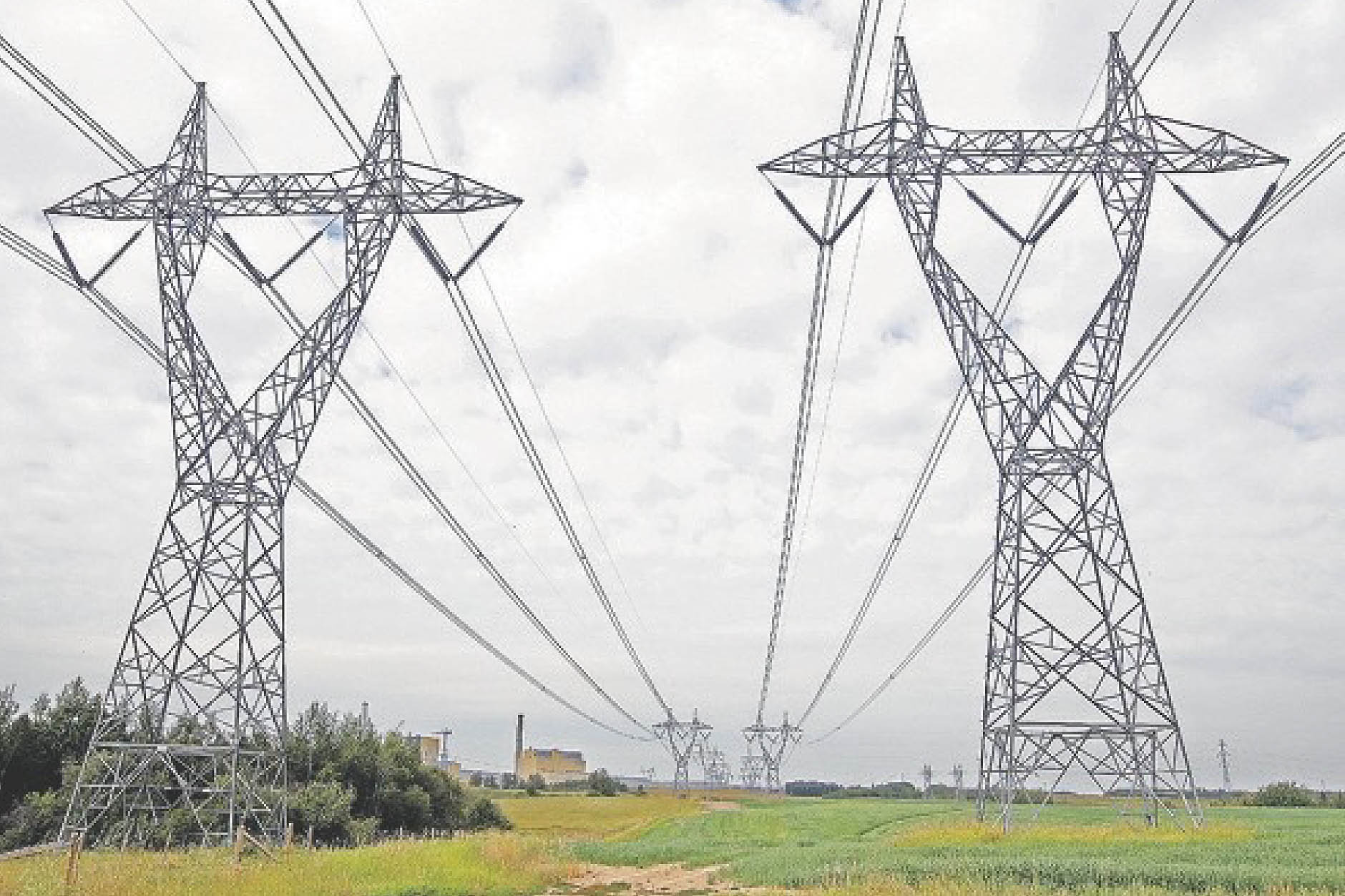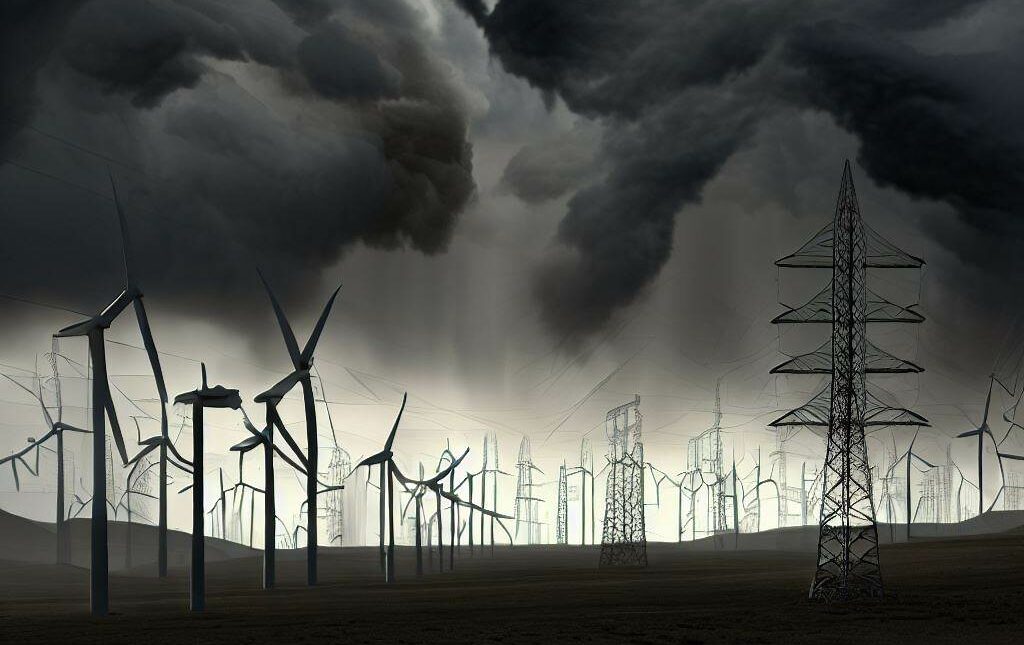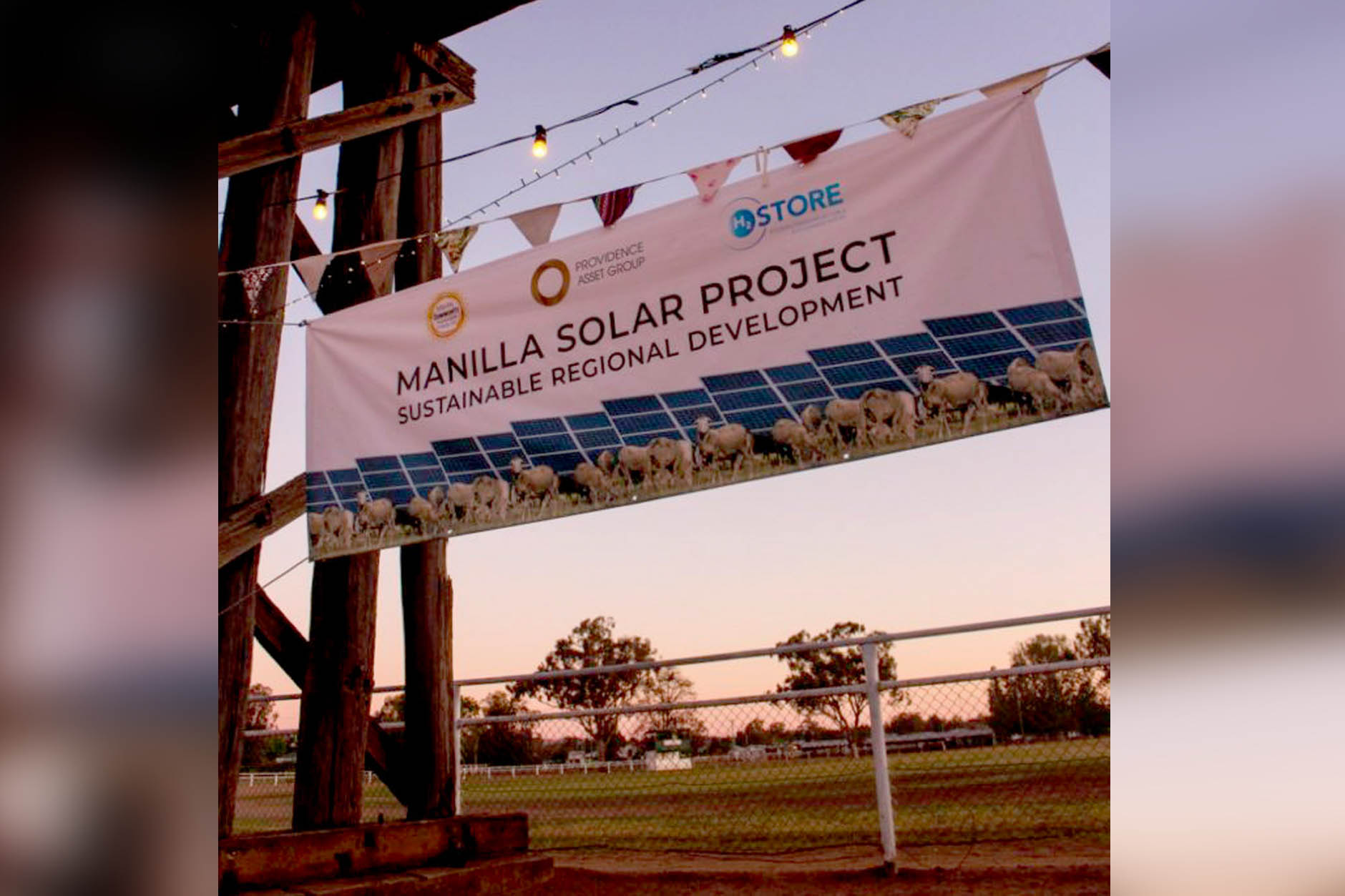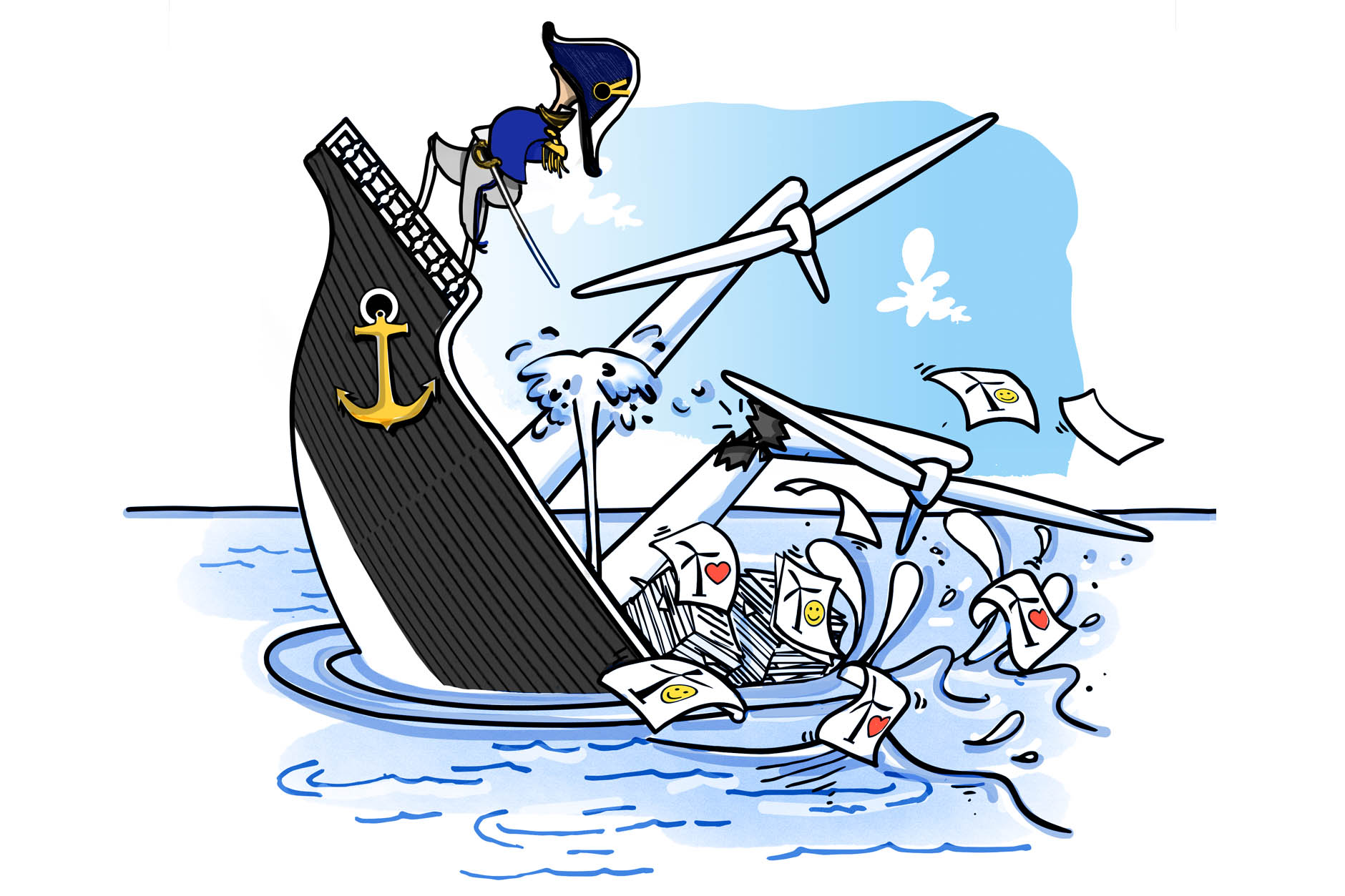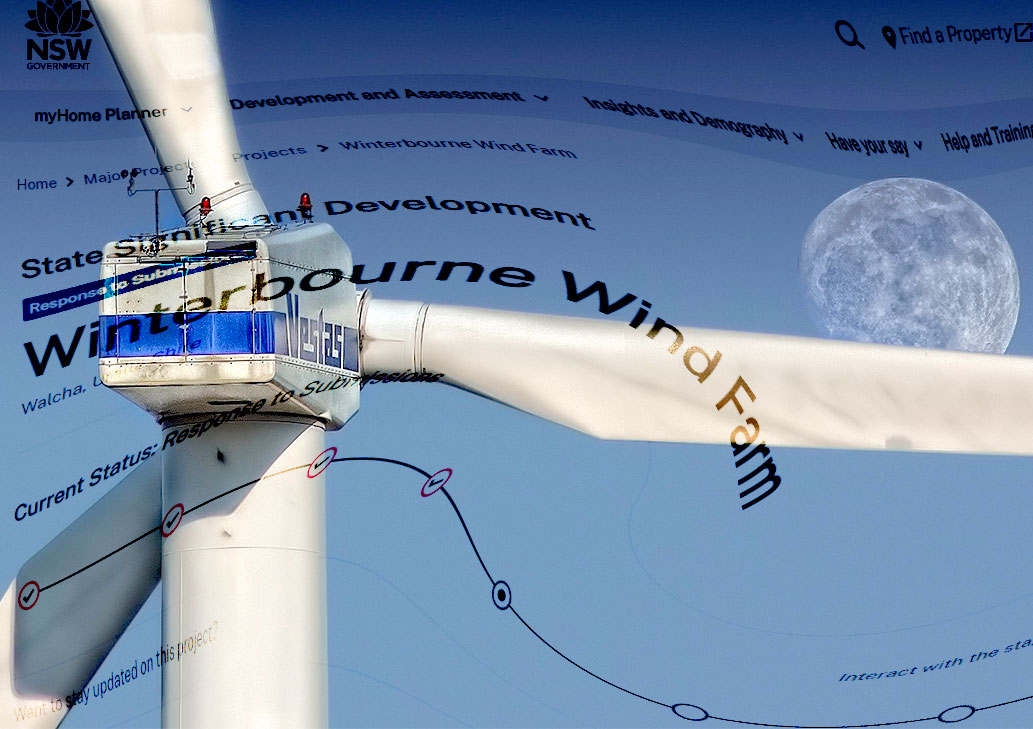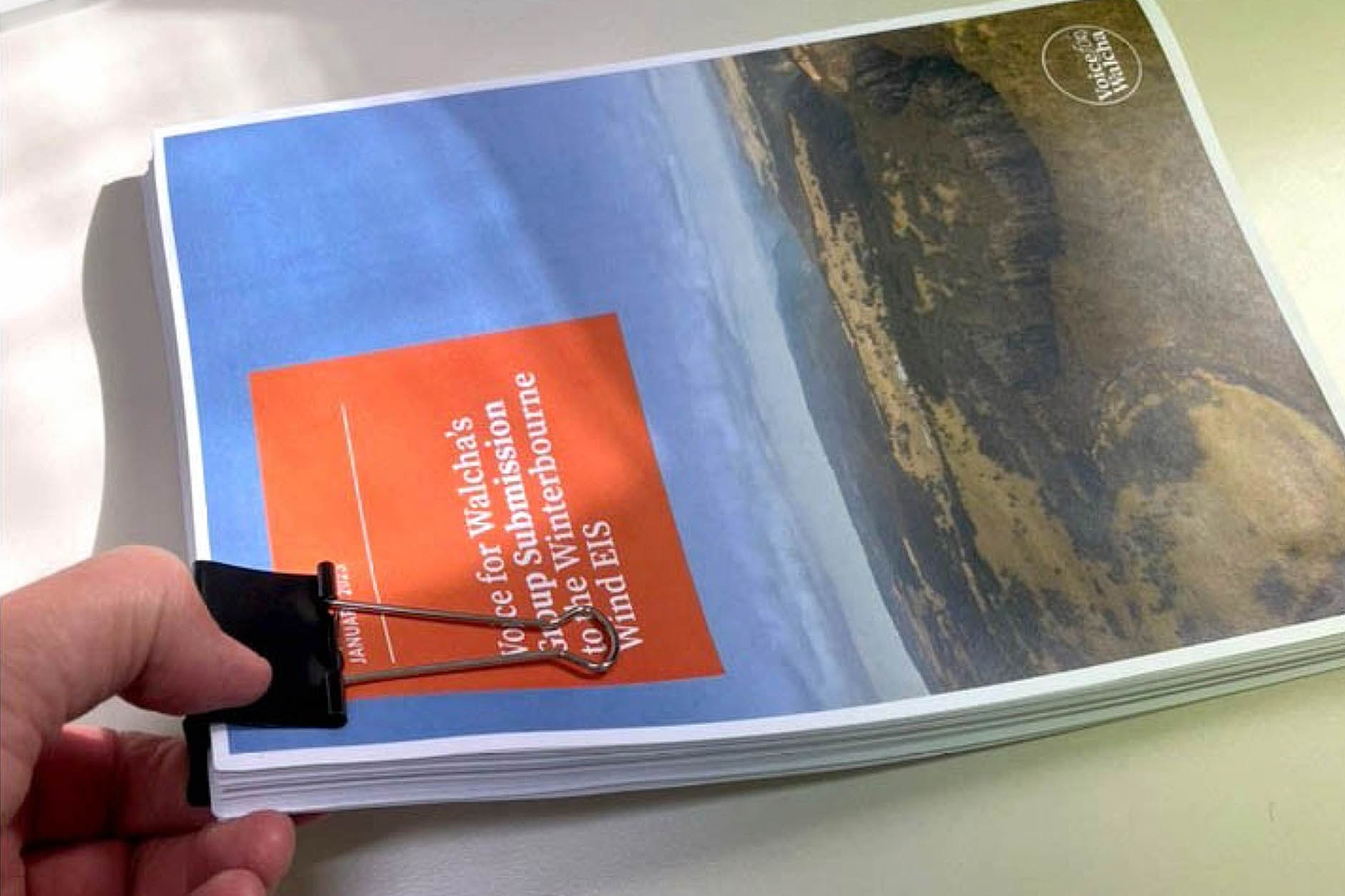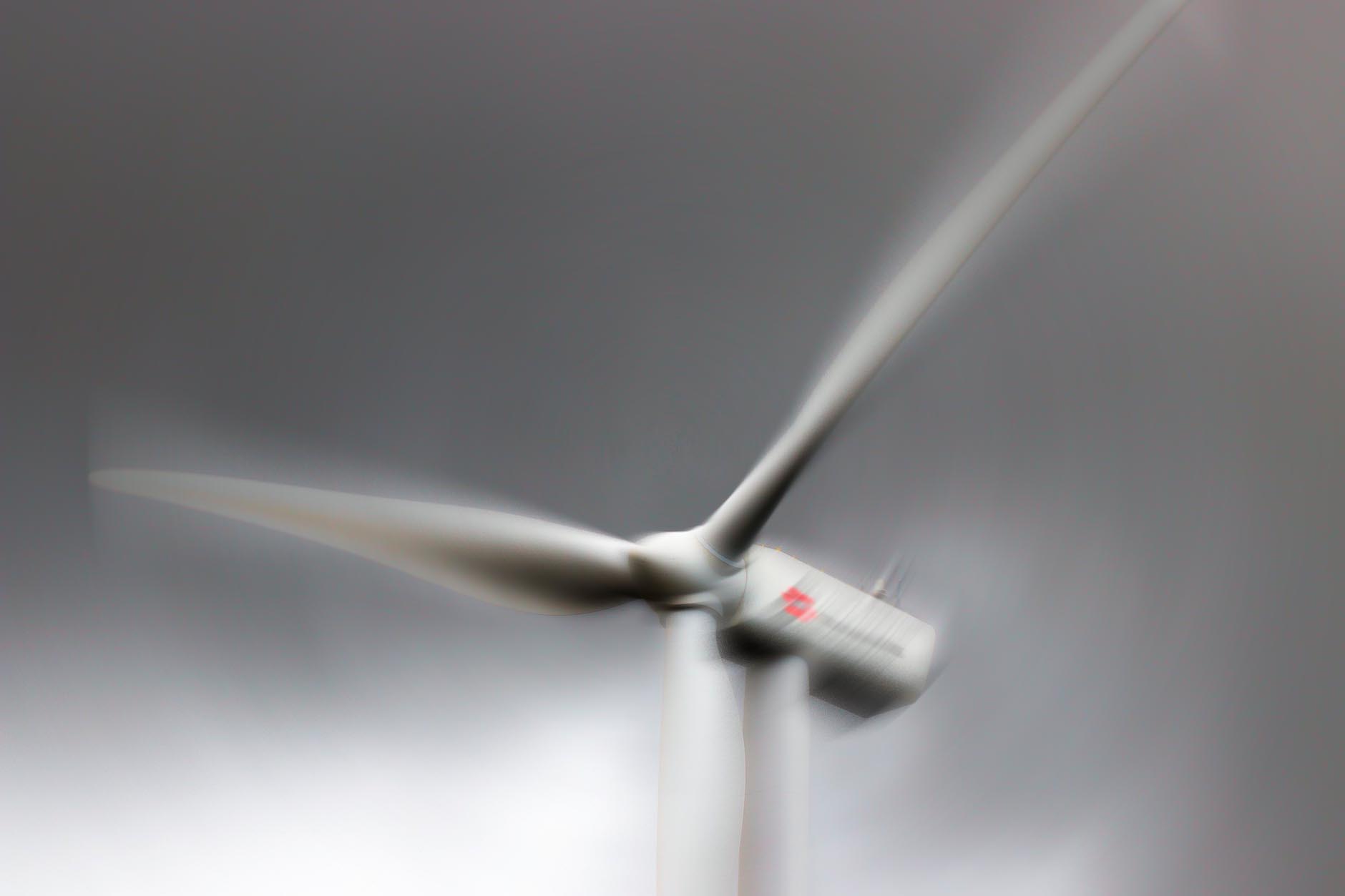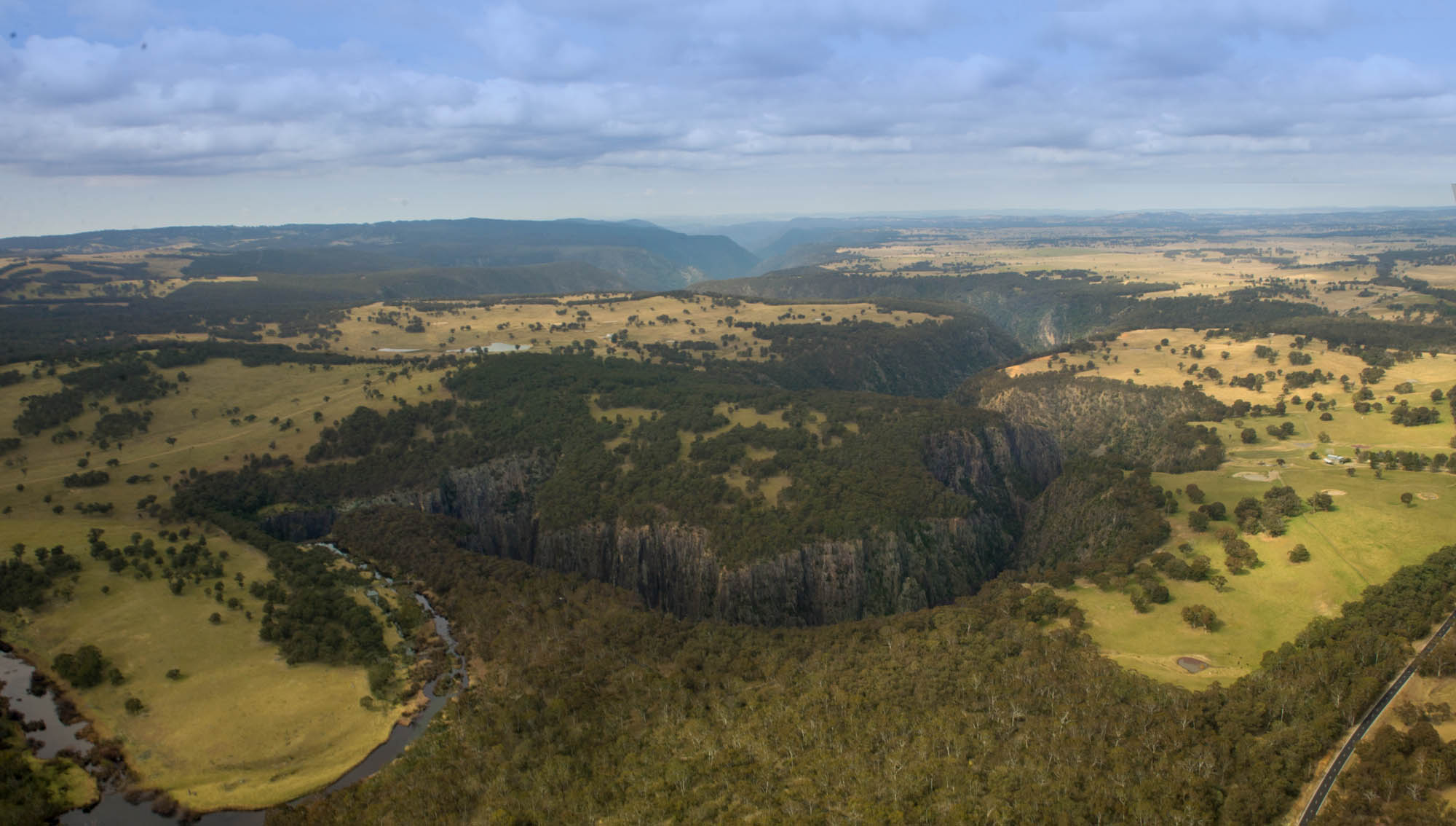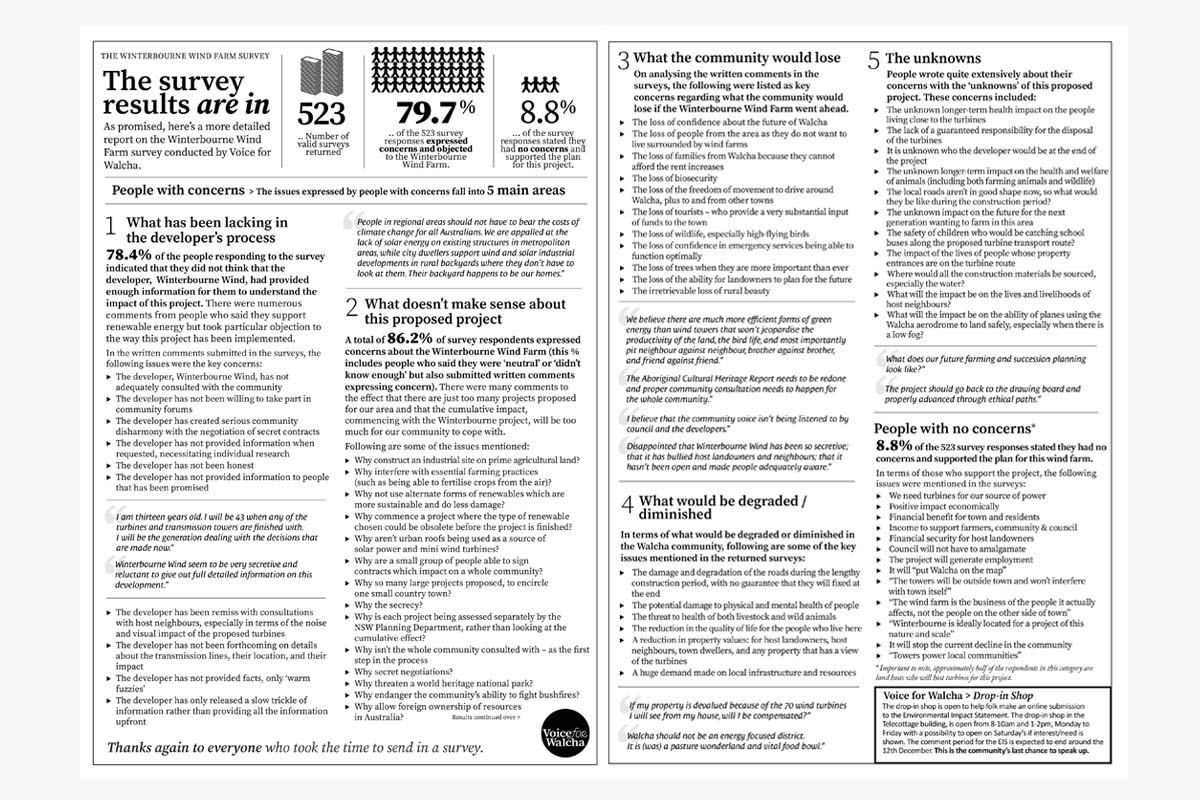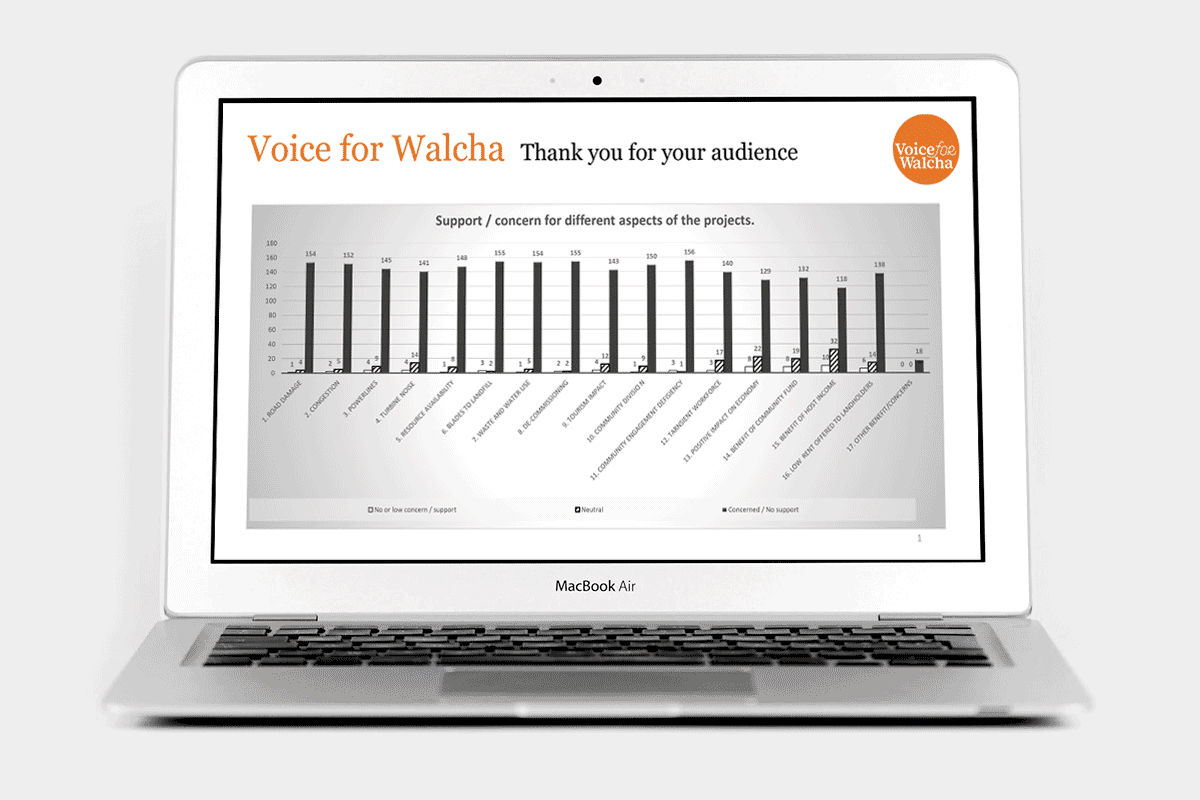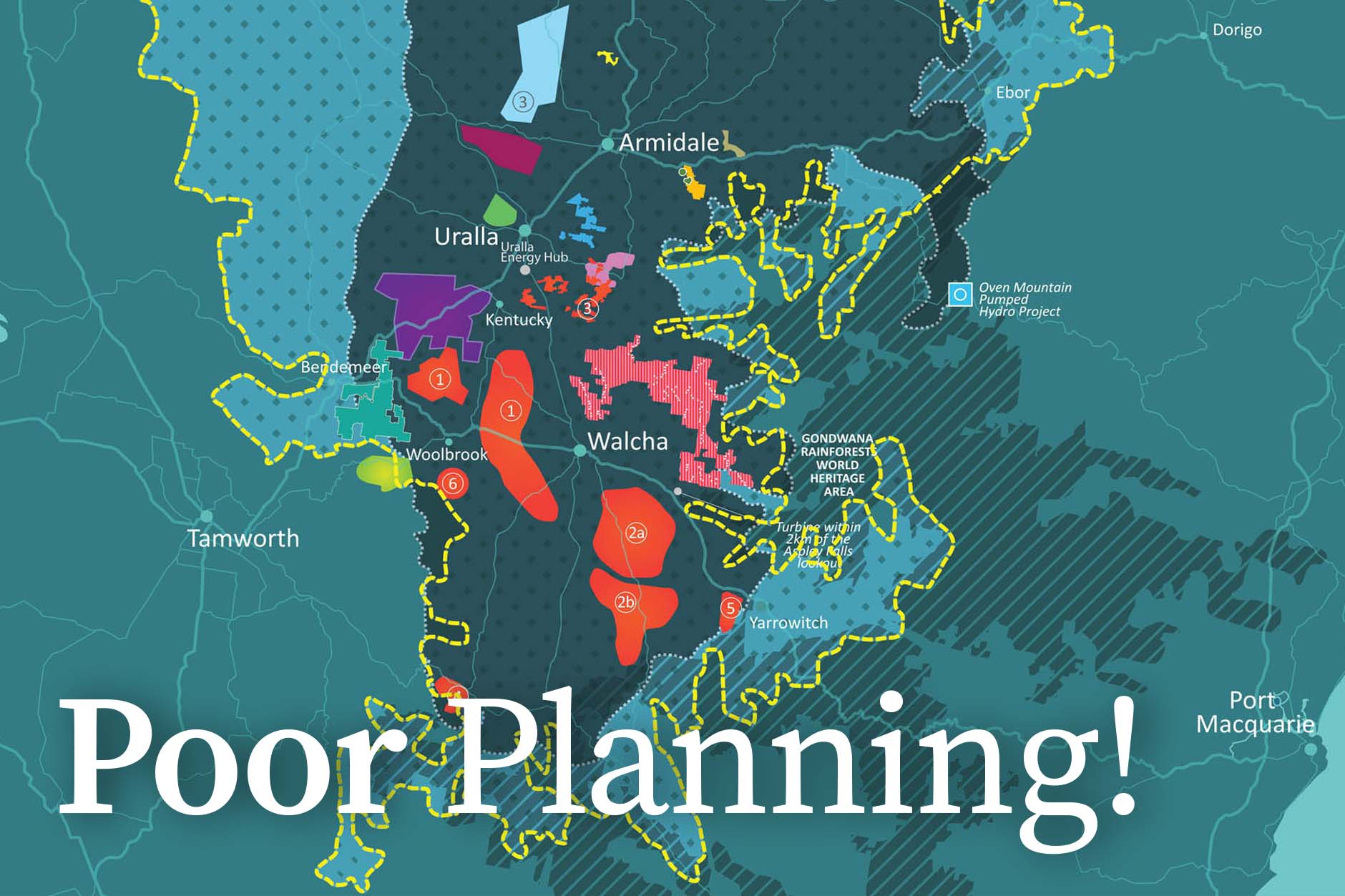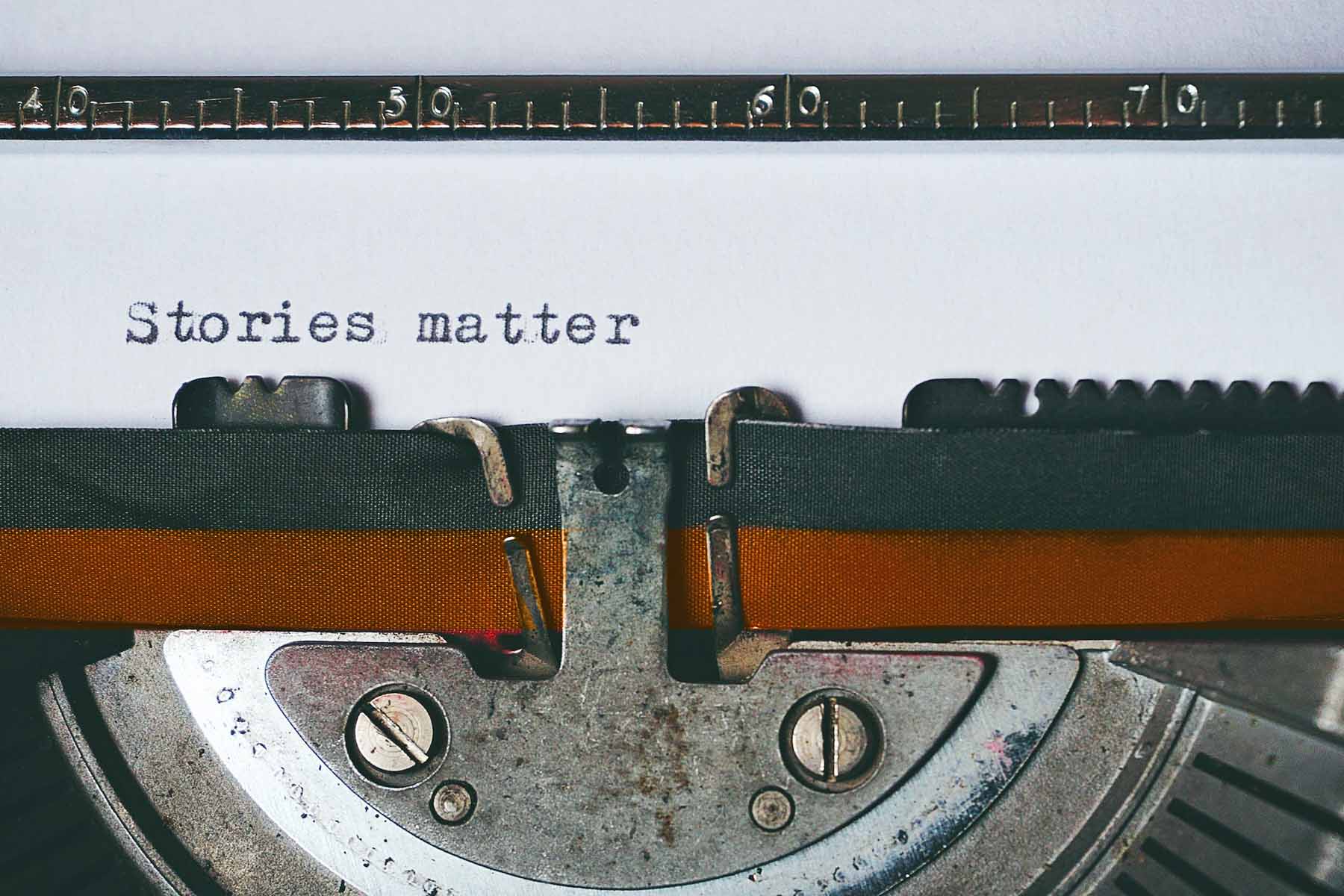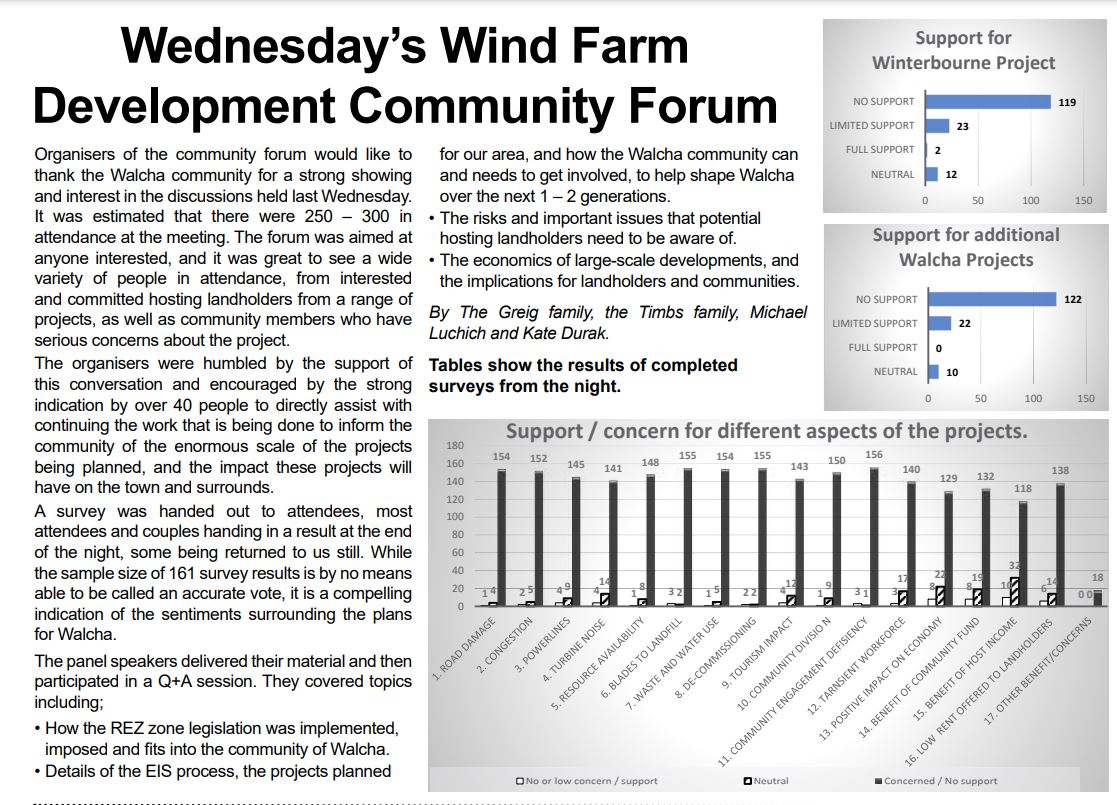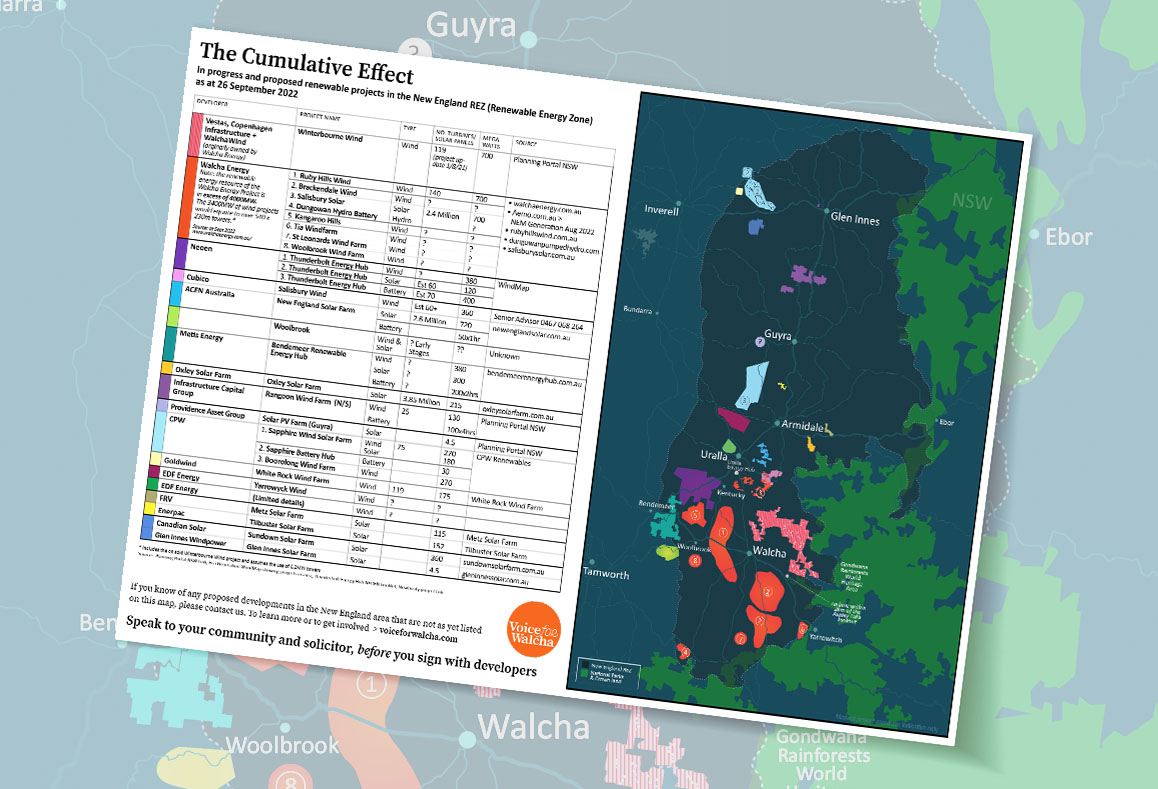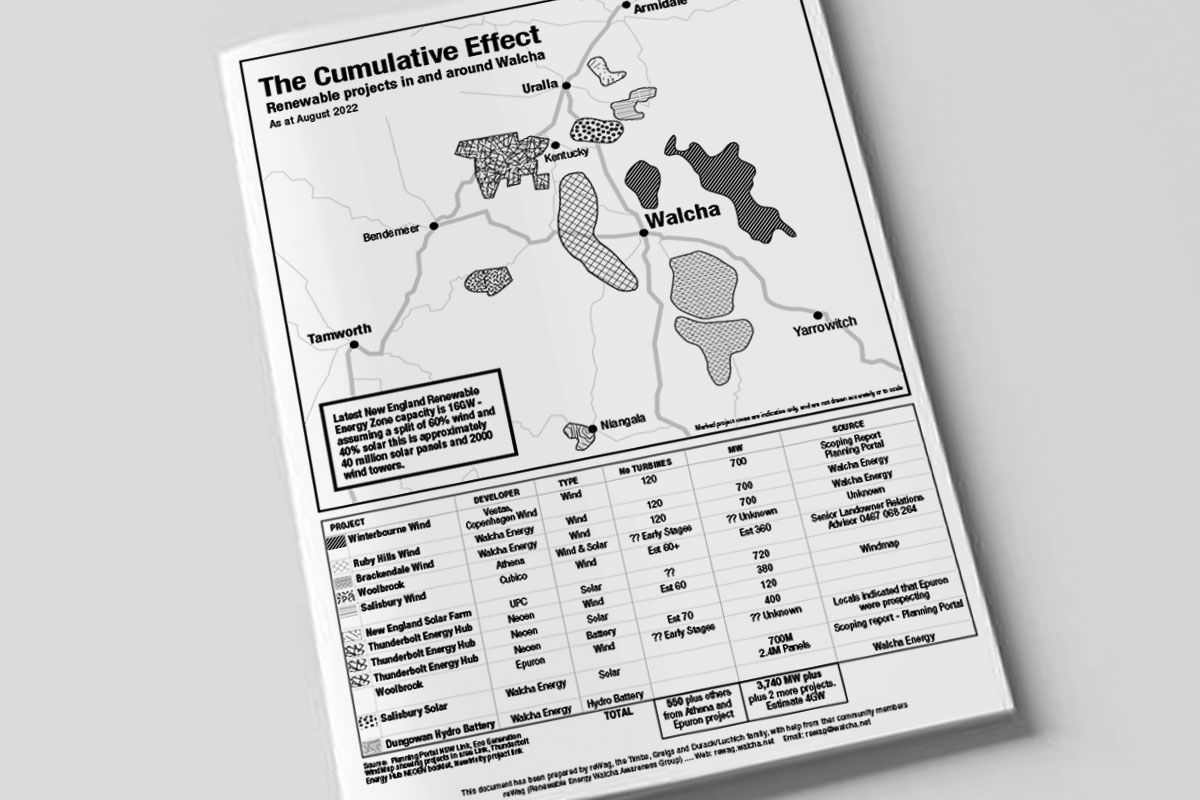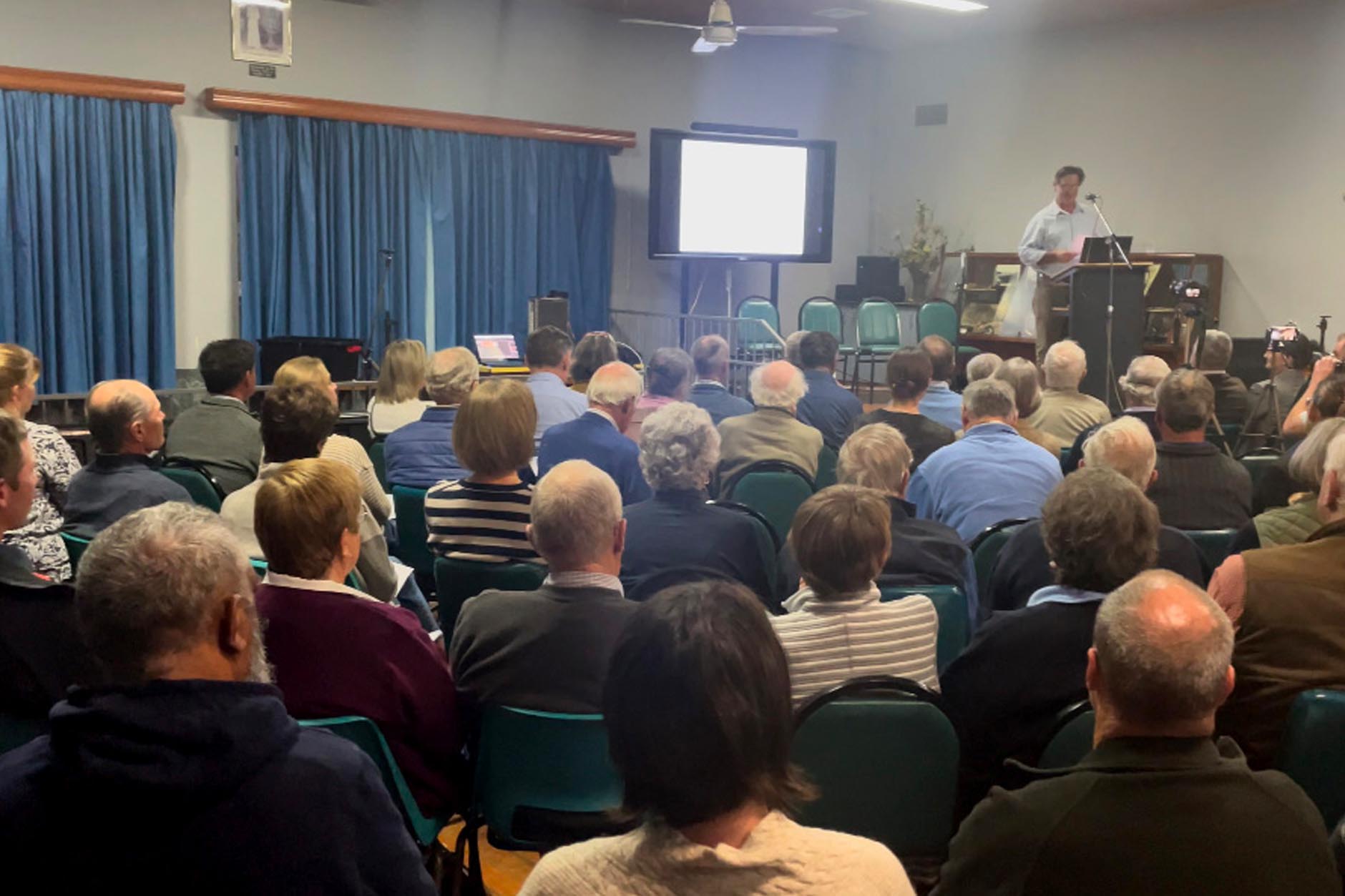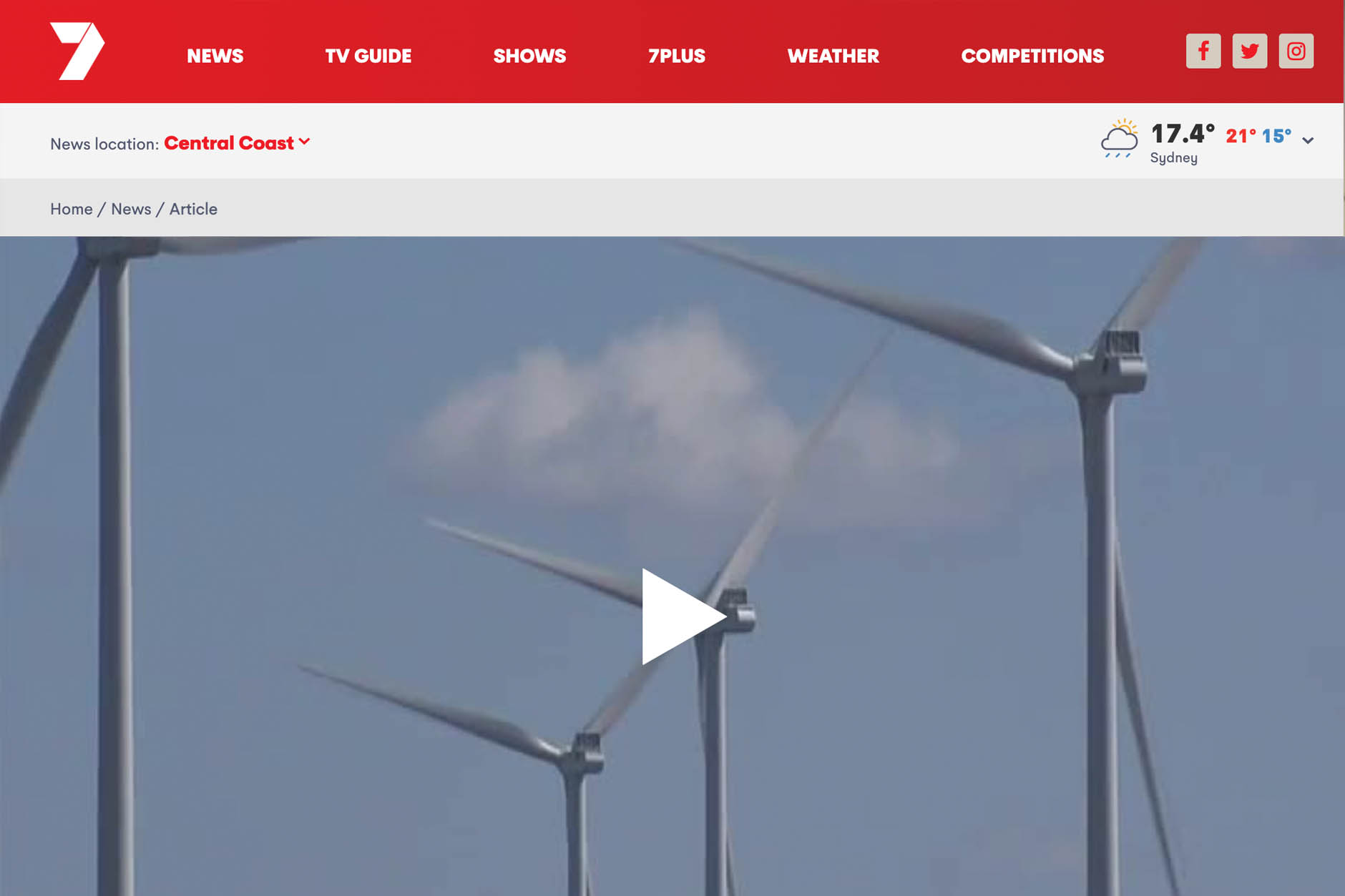From John Heffernan
More than twenty years. That’s how long Walcha has been huffed and puffed and stuffed around by those wind farm Vikings and their OZ off-siders. And what have we got to show? Basically bugger all. Don’t take our word for that, though. Take the facts; all the many government agency reports delivered to the DPE about Winterbourne Wind’s unspeakably shoddy EIS. And if Ruby Hills et al are any indication it looks like we might expect more of the same, a lot more.
Yep, more than twenty years. That’s a long time to keep doing the same silly things in the hope of getting somewhere. You’d have to call it flogging a dead horse, wouldn’t you? At the very least it shows what total mugs we are – Walcha Community – because there really are far better ways to build a town’s renewable energy future. Surely it’s time we opened our eyes and minds to at least some of those better ways.
Probably the best way to do that is to consider the concept of community energy. At its core, community energy is based on the belief that everyday people should have power over how their energy is generated – including its environmental and social impacts – rather than allowing big corporations to take control and pocket the profits.
The notions of community involvement, consensus and ownership in energy creation have really taken hold in Europe over the last decade, and increasingly so in North America. Community-Owned Renewable Energy (CORE) projects are now commonplace in Scotland, growing in Germany and the Netherlands, and Denmark has even mandated that future wind farm projects must involve at least 20% community ownership. Hear that? Denmark! Home of Vestas!
Australia has been slower to take up community-based projects, but we’re getting there. Our first such project, Hepburn Wind, began generating power in June 2011. Since then, many more communities across Australia have banded together to develop their own solar, wind, biomass, micro-grid and other efficiency projects. Now, with well over 100 community-driven energy outlets, the movement is really ramping up.
Projects come in all shapes and sizes: household solar bulk buys, small-scale community solar farms (<100kW), or community wind farms like Hepburn Wind, and are managed by social enterprises, cooperatives, not-for-profit organisations. or a mix of various approaches, the bottom line being to establish what works for a given “community”.
Here are just three examples. The small WA town of Katanning, southeast of Perth, became its own power station in 2021 with a project launched by a local cocky. “If we generate energy from a community base,” says Katanning Shire Executive Officer, Julian Murphy, “we’re in control of our own destiny.” The Katanning project is based on a model pioneered by Indigo Power, an energy company in northeast Victoria that grew out of a local community-energy group called Totally Renewable Yackandandah (TRY). That company is now being contacted big time by community-energy groups around Australia who want to go the same way. Then there’s the NSW regional centre of Goulburn which joined the energy revolution by coming together to build its own 4,000-panel solar farm, where everyday citizens can buy shares in the venture.
And the economics of community energy are worth considering. At Yackandandah, for instance, $160m could leave the region every year in paying electricity bills. But once the community produces and owns that electricity the economics are very different. Also, a town owning the electricity is suddenly able to capture new businesses with attractive power discounts.
Community Energy is definitely “a strong movement for everyday people who want to see the true benefits from what is an inevitable renewable energy boom,” says Helen Haines, the independent federal MP for Indi, which includes Yackandandah. It’s about “ensuring everyone benefits from a local renewables project, rather than just the farmers whose land is used for the solar panels or the wind turbines. Just about every renewables project that’s going to be created in Australia is going to be in regional Australia.” Thus it’s a no-brainer that regional Australia should be benefiting from that.
So is Community-Owned Renewable Energy for Walcha? It is certainly something worth considering. Of course it would involve serious researching and soul-searching. It would mean the whole community getting together and behaving as adults. It would mean our council consulting at street level, establishing what the community wants, and acting accordingly. And it would require following facts rather than fiction. But surely it is worth considering, certainly better than the raft of large scale ad-hoc projects which now dominate our approach, and definitely a million times better than flogging a dead horse ad nauseam.
Want to know more about CORE facts? Start by checking out these links below:
- Community-owned renewable energy: a how-to guide Zero Carbon Communities.
University of Queensland
https://stories.uq.edu.au/policy-futures/2021/zero-carbon-communities/index.html - https://totallyrenewableyack.org.au/
- Goulburn Community Energy Cooperative
https://goulburnsolarfarm.com.au/info/
